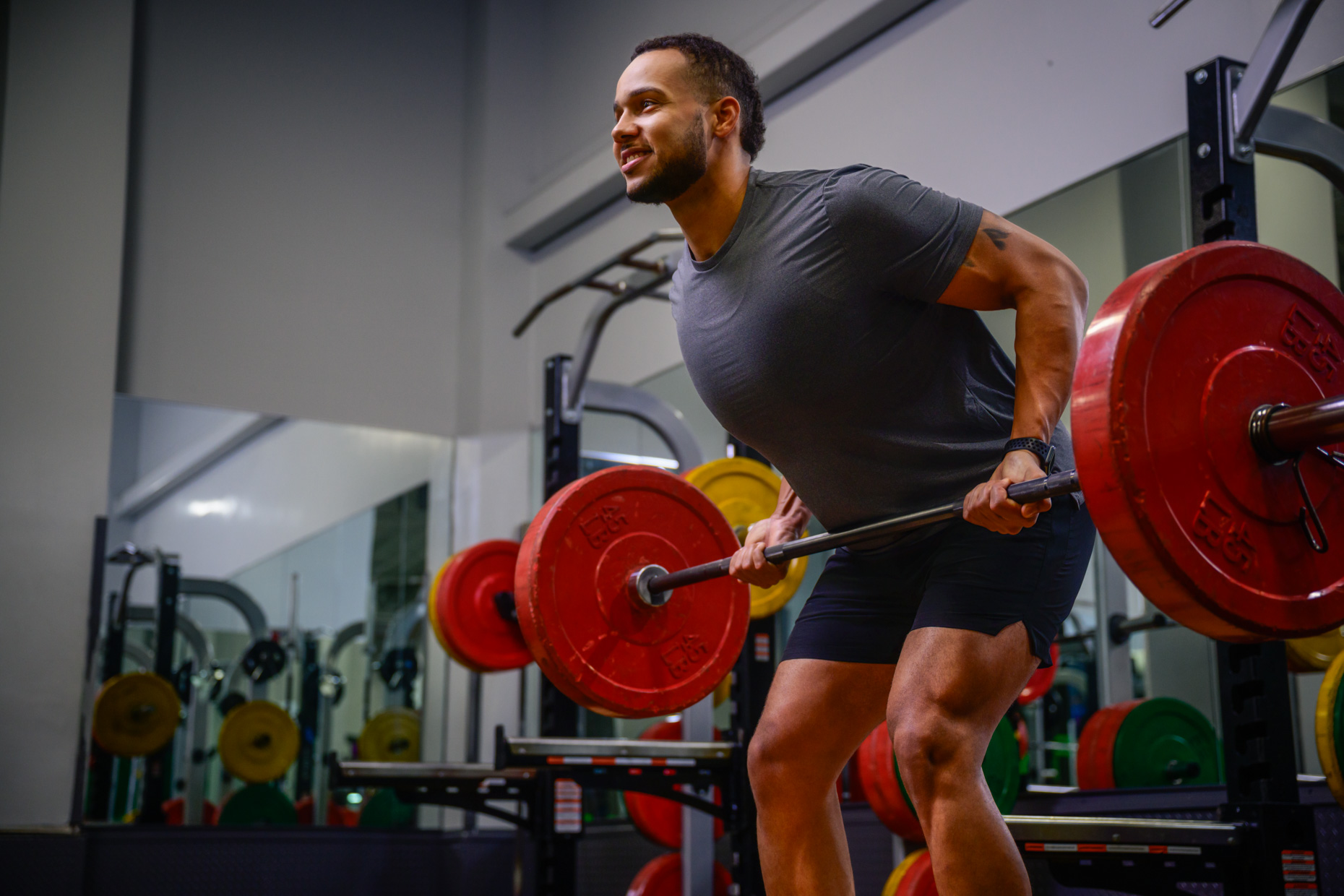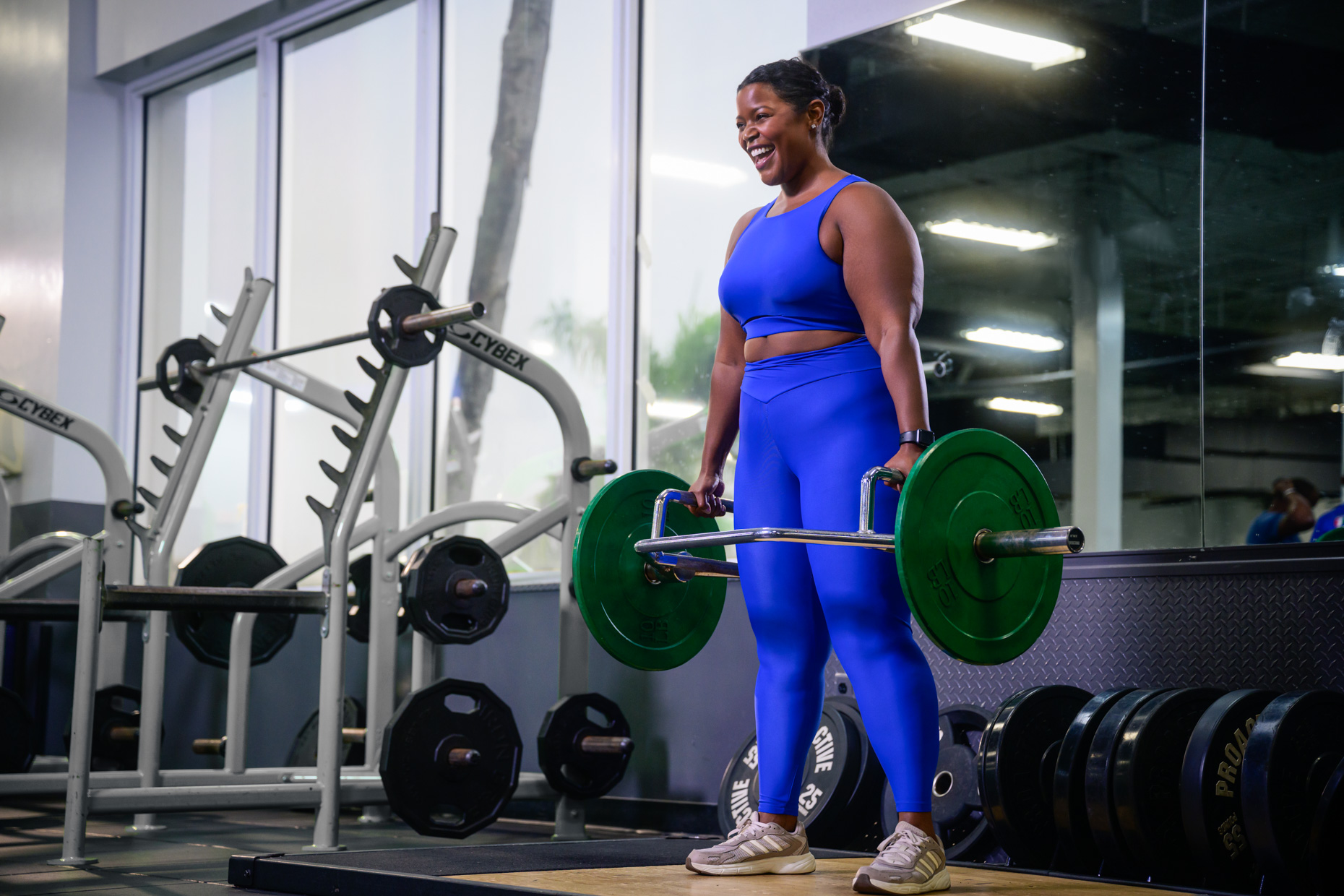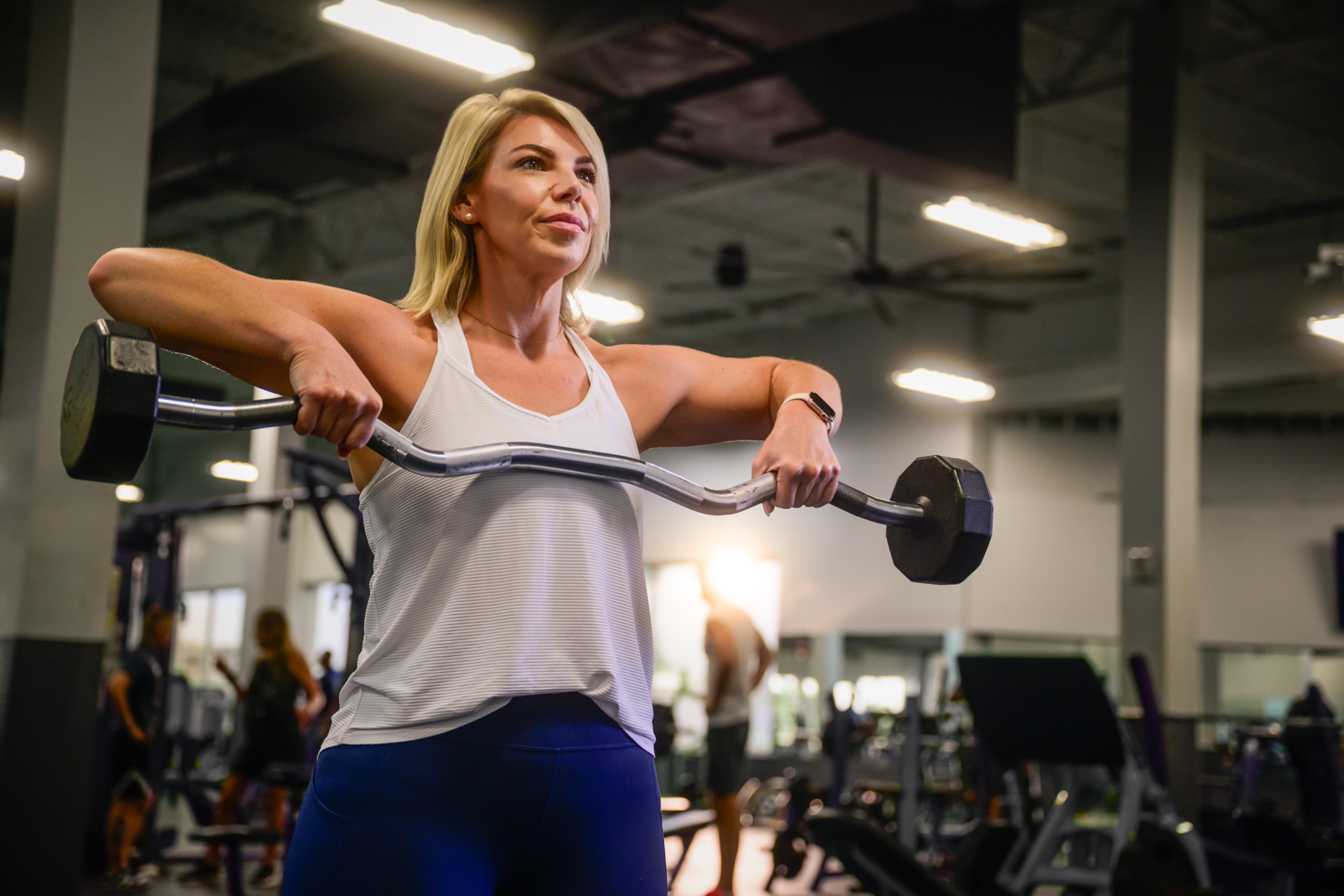For athletes and fitness enthusiasts alike, the pursuit of physical excellence often involves pushing boundaries and challenging limits. However, the road to peak performance is not without its hazards. Injuries, whether minor or severe, can derail progress, cause frustration, and even lead to long-term complications.
The good news is that a significant proportion of sports injuries are preventable with the right knowledge and precautions. By understanding the common causes of injuries, implementing effective prevention strategies, and listening to your body’s signals, you can significantly reduce your risk of getting sidelined and ensure a sustainable fitness journey.
1. The Perils of Overuse: Don’t Come in Too Hot
One of the leading culprits behind sports injuries is overuse. When we subject our bodies to repetitive stress without adequate rest and recovery, our muscles, tendons, and joints can become inflamed and vulnerable to injury. This phenomenon is particularly prevalent in athletes who engage in intense training regimens or participate in activities that involve repetitive motions, such as running, cycling, or swimming.
Injury Prevention Strategies for Overuse:
- Gradual Progression: Avoid jumping into intense workouts too quickly. If you’re new to running, start with a walk/run program and gradually increase your running time each week.
- Rest and Recovery: Incorporate rest days into your training schedule. This allows your body time to repair and rebuild. Aim for at least one to two rest days per week, depending on the intensity of your training.
- Listen to Your Body: Pay attention to any signs of pain, fatigue, or discomfort. If you experience these symptoms, rest and avoid pushing through the pain.
2. The Importance of Proper Form: Pay Attention to Technique
Improper form or technique is another major contributor to sports injuries. Whether you’re lifting weights, running, or engaging in any other physical activity, executing movements correctly is paramount for protecting your body and preventing strain. Incorrect form can place undue stress on your muscles, tendons, and joints, increasing the risk of sprains, strains, and other injuries.
Injury Prevention through Proper Form:
- Seek Expert Guidance: If you’re new to an exercise or activity, work with a qualified coach or trainer to learn the correct form.
- Use Mirrors or Video: Observe your form in a mirror or record yourself exercising to identify any areas for improvement.
- Focus on Quality over Quantity: It’s better to perform fewer repetitions with proper form than to do many repetitions with incorrect form.
3. Build a Foundation of Strength and Flexibility for Injury Prevention
Strength and flexibility training play a pivotal role in injury prevention. Strong muscles and tendons provide better support and stability for your joints, reducing the risk of sprains and strains. Flexibility training, on the other hand, helps improve your range of motion and reduces muscle tightness, which can also contribute to injuries.
Injury Prevention through Strength and Flexibility Training:
- Strength Training: Incorporate exercises that target all major muscle groups, including your core, legs, back, chest, shoulders, and arms.
- Flexibility Training: Include activities such as yoga, Pilates, or dynamic stretching in your routine. Aim to stretch after each workout and on rest days.
4. Recognizing the Signs of Overtraining: Accurate Self-Diagnosis for Injury Prevention
Being able to identify the signs of overtraining is crucial for preventing injuries. Overtraining occurs when you consistently push your body beyond its capacity to recover, leading to a decline in performance, increased fatigue, and an elevated risk of injury.
Signs of Overtraining and Injury Prevention:
- Persistent Fatigue: Feeling tired all the time, even after getting enough sleep.
- Decreased Performance: Not seeing progress or even experiencing a decline in your workouts.
- Mood Changes: Feeling irritable, anxious, or depressed.
- Sleep Problems: Difficulty falling asleep or staying asleep.
- Loss of Appetite: Not feeling hungry or experiencing weight loss.
- Aches and Pains: Experiencing frequent muscle soreness or joint pain.
If you notice any of these signs, it’s important to rest and adjust your training plan. If symptoms persist, seek advice from a healthcare professional.
5. When to Seek Professional Help
While many sports injuries can be prevented or managed with self-care measures, there are instances where seeking professional help is warranted.
Seek professional help if you experience:
- Severe pain or swelling
- Inability to bear weight or move a joint
- Sudden or unexplained weakness or numbness
- Persistent pain that doesn’t improve with rest or self-care measures
Injury prevention is an ongoing process that requires consistent effort and attention. By prioritizing proper form, gradual progression, rest and recovery, strength and flexibility training, and listening to your body, you can significantly reduce your risk of injuries and enjoy a long and fulfilling fitness journey.
Remember, the goal isn’t just to push your limits, it’s to do so safely and sustainably. By incorporating these injury prevention strategies into your routine, you can achieve your fitness goals while safeguarding your health and well-being.










